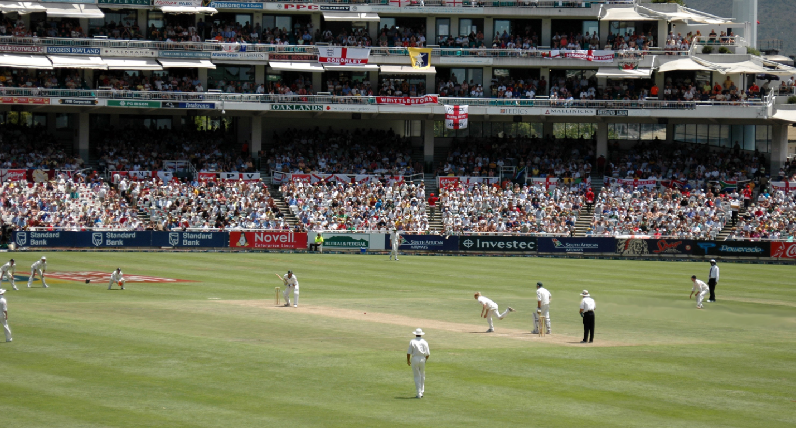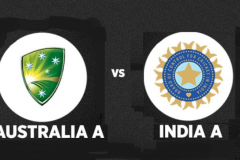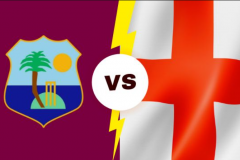How Many Overs in a Test Match? Exploring the Rules and Mechanics

Test cricket, the longest format of the game, is considered the pinnacle of the sport, testing players' endurance, skill, and mental strength over five days. Originating in the 19th century, this traditional format features two teams of eleven players each, who engage in two innings per side. The format allows ample time for the complexities of cricket to unfold, with strategies and momentum shifts that are unique to this lengthy style. Unlike limited-overs formats, Test matches prioritize skill and patience, where accumulating runs, enduring long spells of bowling, and building partnerships are essential.

Test Match Rules and Mechanics
Test matches are played over five days, with each team batting and bowling twice if the match does not end early. The team with the highest aggregate score after both innings wins. If both teams finish their innings with the same score or the match time runs out without a clear result, it can end in a draw. Each day is divided into three sessions: the morning, afternoon, and evening, with lunch and tea breaks in between. The pitches used in Test matches tend to vary as days progress, influencing how the ball behaves and creating different challenges for players across five days.
A critical component of Test cricket is that there are no restrictions on the number of overs a team can face per innings. This format allows batsmen to take their time and play patiently, while bowlers need to be consistent and strategize carefully over potentially long spells.
Usually How Many Overs Are There in a Test Match
There is no fixed number of overs for an entire Test match, as the game's duration is defined by time (five days) rather than a set number of overs. However, teams are expected to bowl a minimum of 90 overs per day, translating to approximately 450 overs across the five days. These 90 overs are a guideline, and sometimes additional overs are added if there are delays or interruptions due to weather, injuries, or other factors. In exceptional circumstances, a Test match could involve more or fewer overs depending on the match's progress and any penalties imposed for slow over rates.
How Many Overs in a Test Match Per Day, How Long Will It Last
In a typical day of Test cricket, each team is required to bowl a minimum of 90 overs, with each over consisting of six legal deliveries. This means that teams are expected to complete 90 overs within approximately six hours of play, broken into three sessions with breaks. A session generally lasts two hours, and the day's play can be extended by up to 30 minutes to ensure the minimum overs are bowled if time permits.
The duration of the match is intended to last five full days, provided neither team wins or loses early. Factors such as rain delays, bad light, or other interruptions can reduce the daily quota of overs, although additional time is often added to make up for lost play. On occasions where weather severely impacts a day, the remaining overs may not be made up, which can impact the overall number of overs bowled in the match.
How Many Overs Can a Bowler Bowl in a Test
In Test cricket, there are no restrictions on the number of overs a bowler can bowl in an innings, unlike in limited-overs formats like ODIs and T20s. This allows teams to use their most effective bowlers for as many overs as necessary, which introduces strategic depth into the game. However, fast bowlers usually need rest between spells due to the physical demands of fast bowling. Teams generally rotate their bowlers to maintain their effectiveness and prevent fatigue, with spinners often bowling long spells as they are less physically taxing.
Despite the lack of an over limit, captains need to be strategic in how they use their bowlers, managing their stamina while also planning for the demands of a five-day game. This flexibility in bowling allocation is one of the features that make Test cricket distinct, allowing bowlers to exploit conditions or persist with a strategy without the limitations found in shorter formats.
Additionally, test cricket's structure and flexibility allow for an unpredictable and strategic contest that tests both the physical and mental capabilities of players. The absence of fixed overs for the entire match, combined with the possibility of extended bowling spells for individual players, creates a complex, dynamic environment that is unique to this traditional format. This open structure contributes to Test cricket's enduring appeal, drawing fans who appreciate the depth and nuance of a game played over multiple days.
Related News
-
What is the full form of RCB in IPL? Discover Its Full Name and Team History
Virat Kohli 13-Nov-2024 14:24
-
India vs South Africa T20 Series 2024 Match Schedule, Telecast Channels & Latest Player Squad Details
cricket 06-Nov-2024 15:18
-
Where to watch the live streaming of India A vs Australia A
Cricket News 05-Nov-2024 14:48
-
Pakistan vs Australia Live Telecast in India Details: Where to Watch AUS vs PAK ODI Series 2024 Matches
cricket 01-Nov-2024 14:33
-
Where to Watch West Indies Cricket Team vs England Cricket Team ODI Live Streaming?
ODI cricket 31-Oct-2024 11:29
-
Top 16 Most Handsome Cricketers in the World: Who Is Your Favorite?
cricket 29-Oct-2024 07:54
Latest News
-
South Africa vs India 4th T20I Today Match Prediction and Analysis: India's Strengths Shine Through
T20 Cricket 14-Nov-2024 11:36
-
West Indies vs England 3rd T20 Dream11 Prediction Today Match: ENG's Recent Performance Is Excellent
T20 Cricket 13-Nov-2024 07:36
-
Australia vs Pakistan 1st T20I Cricket Match Prediction and Preview: AUS Has a Head-to-Head Advantage
T20 Cricket 12-Nov-2024 08:32
-
Oman vs Netherlands Today Cricket Match Prediction: Who will win the 1st T20I (OMN vs NED)
T20 Cricket 12-Nov-2024 07:35
-
Indonesia vs Myanmar 1st T20I Match Prediction and Preview: A battle between weak teams
T20 Cricket 09-Nov-2024 07:55
-
Pakistan A vs Sri Lanka A 1st Unofficial Test Today Match Prediction: PK-A and SL-A are evenly matched
unofficial Test 08-Nov-2024 12:25



